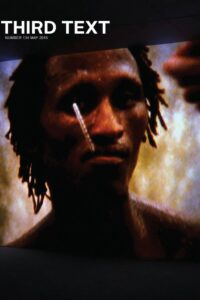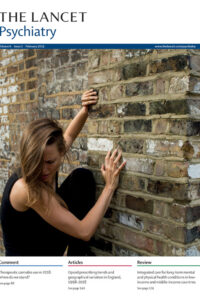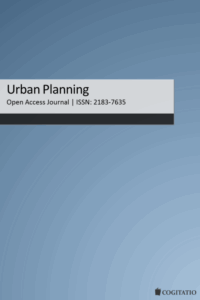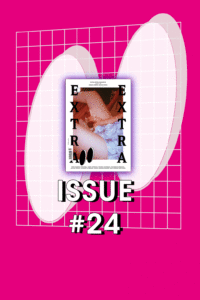The union of art and politics has endured down the centuries, looking to the past, through memory, and to the future, through desire. The memory of what was or could have been provides a utopia to be celebrated or mourned, and since 1948 Palestinian and Israeli art has reflected on loss and gain, sacrifice and security, and presence and absence in the land. Contemporary Palestinian and Israeli art has converged, seeking peace, critical reflection and an acknowledgement of the impact of the years of unrest that has been borne by both sides, while technology has afforded a means to trace heterotopias in the spaces between possession and dispossession. Drawing on Luisa Passerini, Michel Foucault and Maurice Halbwachs, this article maps the land, utopia and heterotopias in Israeli and Palestinian artistic practices, and explores the performativity of silence, loss and remembrance through the works of Sliman Mansour, Reuven Rubin, Tamam al-Akhal and Yael Bartana.
(Re)constructing Utopia
Remembering and Forgetting in Palestinian and Israeli Art




